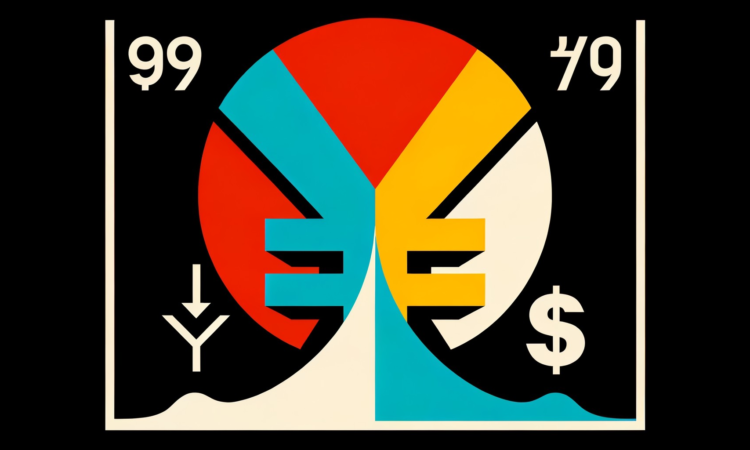
What’s going on here?
The Japanese yen reached its highest level in nearly four weeks against the US dollar on Friday, sparking speculation of potential intervention by Japanese authorities.
What does this mean?
The yen’s rally began after June’s US inflation data showed easing consumer prices, hinting at a possible interest rate cut by the Federal Reserve as early as September. The yen strengthened further with moderate growth in US producer prices. Experts believe the Bank of Japan (BoJ) may have intervened by either direct market operations or rate checking. Daily operations data indicate the BoJ possibly spent up to ¥3.57 trillion ($22 billion) to support the currency. This intervention follows less than three months after their last action, aiming to buy time until the Fed potentially cuts rates, which could narrow the US-Japan rate differential and stabilize the yen.
Why should I care?
For markets: Navigating the waters of uncertainty.
The yen’s rise indicates market speculation about interventions and future rate cuts, affecting currency strategies and potential investment choices. As the Fed’s rate cut probability for September climbs to 96%, investors should watch for shifts in forex markets. With inflation expectations rising among Japanese households, a near-term BoJ rate hike could further impact currency valuations and market dynamics.
The bigger picture: Global economic shifts on the horizon.
The potential narrowing of the US-Japan rate differential could mark a significant shift in global economic strategies. As other major currencies like the euro and the British pound gain strength, reflecting broader market trends, businesses and governments need to prepare for a changing economic landscape. The dollar index’s dip and the rising value of bitcoin signal volatility and opportunities in diverse financial assets.


